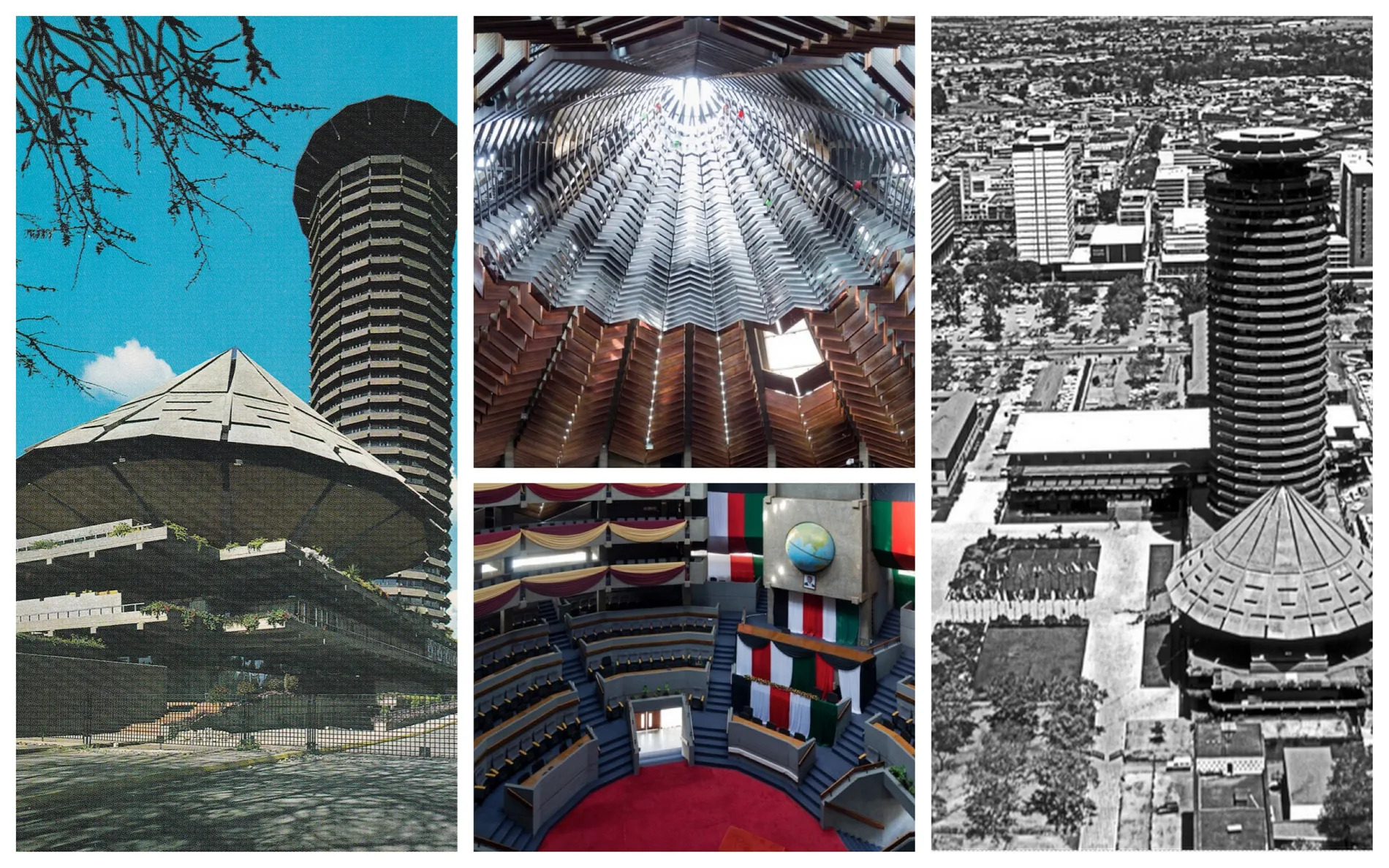When the Scandinavians Came to Town
21 October 2014 | East Africa Travel | Matt Millar

Upon approaching Nairobi’s airspace one’s senses will be confronted with two strong sensations: the palpable aroma of the onboard plane food that reminds you of previous sins and the beautiful site of the puncturing Nairobi skyline. This dramatic vista is comprised of some sensational pieces of architecture – and some less desirable ones. The most prominent piece of the jagged Nairobi cityscape is the dramatic Kenyatta International Conference Centre, a true modernist masterpiece.
The Kenyatta International Conference Centre was designed by Karl Henrik Nostvik and is a direct by-product of an earlier Scandinavian influence in East Africa. The Scandinavians were attracted to East Africa because they believed that their socially orientated democratic model could be exported, adapted and used for social and economic growth within the new democratically elected eastern African countries. The influx of the Scandinavian designers was attractive to these newly formed African states as they would not have to deal with their previous colonial oppressors. It was a partnership that promised much and delivered some fantastic examples of architecture. This new democratic environment, shaped through the partnership of African states and Scandinavian nation-building principles, allowed for the generation of progressive and free-flowing architectural principles. It is out of this environment that the Kenyatta International Convention Centre (KICC) was created.
Karl Henrik Nostvik was sent to Kenya in 1965 as part of a Norwegian aid package. He worked directly for the Kenyan government and was commissioned by Jomo Kenyatta to design Kenya’s first government building, namely the KICC (1966 – 1973). This building has become a renowned landmark and holds together the iconic Nairobi skyline. The building currently adorns the Kenyan 100 shilling note and is recognised as a landmark by both tourists and locals alike.
The KICC is one of my favorite examples of modernist architecture in East Africa. At twenty eight stories it was the tallest building in East Africa until the 1990’s. The building’s façade picks up on the local vernacular colour palette through the clever use of a light terracotta cladding system. The architecture is a series of solid shapes placed on top of a simple plinth. These cuboidal shapes make up the Plenary and the tower is composed of a series of cuboids.
The Kenya International Conference Centre is a fine piece of architecture and is a great destination to visit if you ever find yourself within the city of Nairobi.


